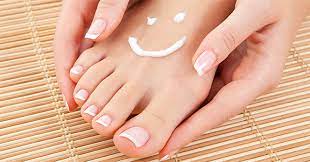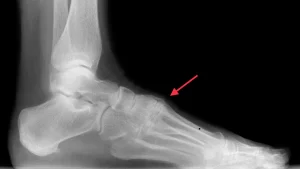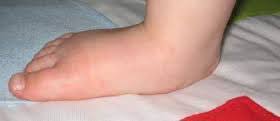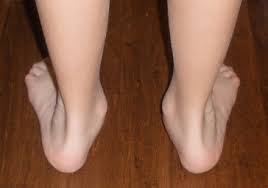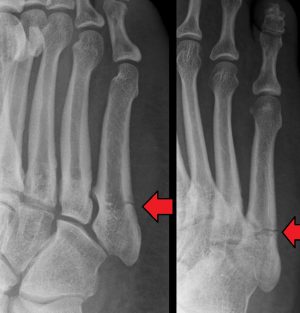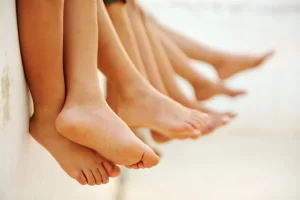
Foot mobilisation is a manual therapy technique used to restore mobility and function to the foot and ankle. It involves applying specific pressure and movements to the foot and ankle joints, with the goal of improving the range of motion, reducing pain, and promoting healing.
During a foot mobilisation session, a trained therapist will use their hands to apply pressure and mobilise the joints of the foot and ankle. This may involve gentle manipulation of the bones and soft tissues, stretching of the muscles and tendons, and mobilisation of the joints. The therapist may also use various tools such as straps, wedges, or balls to help mobilise the foot and ankle.
Foot mobilisation is often used as part of a comprehensive treatment plan for a variety of foot and ankle conditions, including plantar fasciitis, Achilles tendonitis, ankle sprains, and flat feet. It may also be used to help improve balance and stability in athletes or individuals who have suffered from a stroke or other neurological condition.
Research has shown that foot mobilisation can be an effective treatment for foot and ankle conditions, and it is generally considered safe when performed by a trained therapist. However, as with any manual therapy technique, there may be some risks involved, such as soreness or bruising. It is important to talk to your healthcare provider to determine if foot mobilisation is appropriate for your specific condition.


